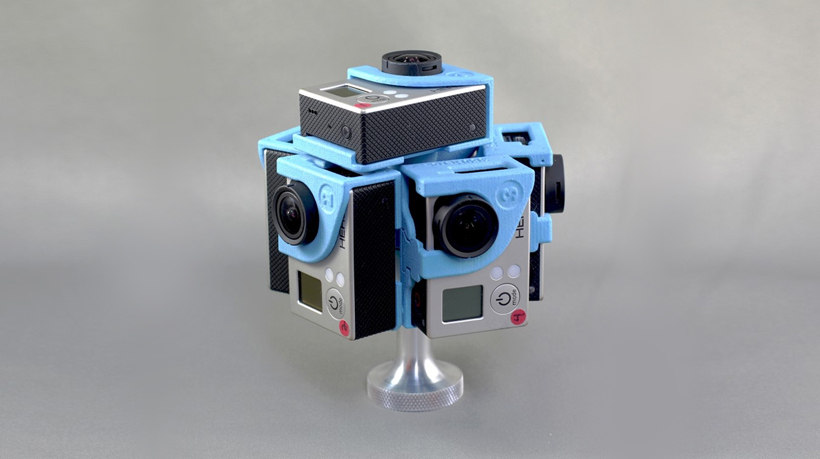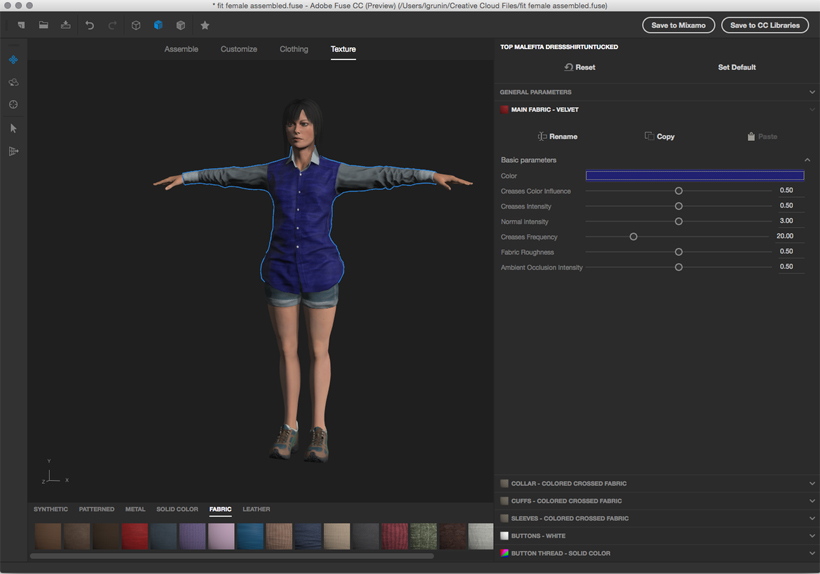
Virtual reality still feels a world away, but in truth, it creeps towards us faster than ever. A virtual reality experience is built through utilizing computer technology to create a simulated environment in which the user can actively experience a virtual environment, going further than traditional user interfaces by placing the user inside the experience, so they see not only just the screen, but are immersed within the 3D world. Indeed, some VR platforms go as far as to let users interact with 3D worlds.
Virtual reality is groundbreaking, in that it makes users feel as if we’re physically in a 3D world. There are many types of VR, from non-immersion to fully immersive, which has the potential to take you to places you physically can’t go. Ever wanted to walk on the moon, for instance? With VR technology, you can.
So we see how there’s endless room for technological growth and innovation in the VR field, but how do you go about creating content for a world that’s not actually real?
It might be simpler than you think.
Creating Content
Taking 360 degree videos
You don’t need to be a prolific coder to make content for VR. The two most popular and technological viable options to create content for VR are
- To take 360-degree immersive video, which is currently the cheaper option; or
- To construct your own 3D animations.

If you choose the 360-degree immersive video path, all you’ll need to make a 360-degree video is a 360-degree spherical camera. This is the most useful tool for capturing video footage of events from the real world, the most popular models on the market currently being the 360RIZE, RICOH THETA, or ORAH 4i, but as the technology improves other companies will be sure to manufacture them too.
These cameras allow you to take a spherical image/movie in one shot, which you can later edit, process to a VR headset, and share. The video itself is taken and viewed all in 360 degrees. When filming content, it’s critical that the camera be held in a still position, which can be done by placing a camera on a tripod, cameraman, or through drone footage. Indeed, the two main things to keep in mind are your camera location and your camera movement.
Camera location is vital for story telling, and to carry the impetus of moving, the camera will have to be carried. You’ll want to place your camera strategically within whatever environment you’re filming, as your placement dictates how your user will experience and see the environment.
Ideally, the camera should be placed at the center of activity, so users can explore and interact with the scene as naturally as possible, as if it were real. For example, if your users are participating in the action, mount the camera so it is level with the height of an average person, so they can see the action as they would be if they were standing up. If users are, on the other hand, observers of the action the camera can be stuck in a position more creative, from strings on the ceiling perhaps, even positioned from up high using a drone.
Furthermore, when you’re shooting, keep in mind that because the footage is being seen from 360 degrees, everything is going to be in your shot, limiting your field of vision and freedom of movement, but allowing creative freedom in that you can blend scenes together. Also be aware that whatever it is controlling the camera (e.g. a cameraman or drone) will be visible in the final result, so be cautious.
When filming, try and keep motions and movement need as calculated as possible as too much movement of the camera can cause nausea, which will disconnect your users from the depth of the experience. To overcome this, get creative with camera placement for lighting as well, or have your equipment cleverly stashed in the local environment.
When taking the 360-degree film route for virtual reality content creation, filming is only half the battle. The footage from each camera and each location you’ve filmed in will then have to be downloaded, synced, stitched together, and processed before can reach a VR headset.
For editing your video, there are a variety of options, the most popular one currently being VideoStitch. The software boasts a variety of features, including lens calibration, an undo/re-do feature, an input cropping tool, and enhanced audio and video output to making editing your VR content as streamlined and easy as possible.
If that doesn’t appeal to you, your other option for creating content for VR is 3D animation, construction, or modelling. So for instance, if you wanted to make a virtual reality app documenting man’s first steps on Mars, you would have to make a 3D animation, since it’s currently impossible to go on Mars (Elon Musk, I hope you read this).

3D animation works differently from 360-degree videos in that users are fixed at a specific point for the whole experience, and move through the VR sequence through clicking buttons to move them around.
Using 3D animations means that viewers are seeing things as they are in real live, and are freely looking around the space they positioned in (i.e. a fixed point), so all they need to do is pivot in their seats to get a better view. There are a a number of options for 3D modeling/animation on the market, through game engines such as Unity or Unreal Engine for example.
Created by Indian app developers, game engines create interactive gaming scenes and further have the potential to create content for 3D interior design and construction projects. If gaming’s not your industry, there’s also the popular Structure Sensor, which innovatively allows for the rapid 3D scanning of objects and people in real time, as well as the 3D mapping of interior spaces, making it even harder to differentiate between VR and reality.
3D scanning captures accurate 3D models of people, places, objects, and things all from your iPad or tablet, boasting no limit to movement or the size of what you can capture. Starting at $379 USD, it might not be a bad option for those who doesn’t want the hassle of a separate 3D camera, as the Structure Sensor is attached directly to your tablet’s camera.
Feel free to check full article at our blog.



























